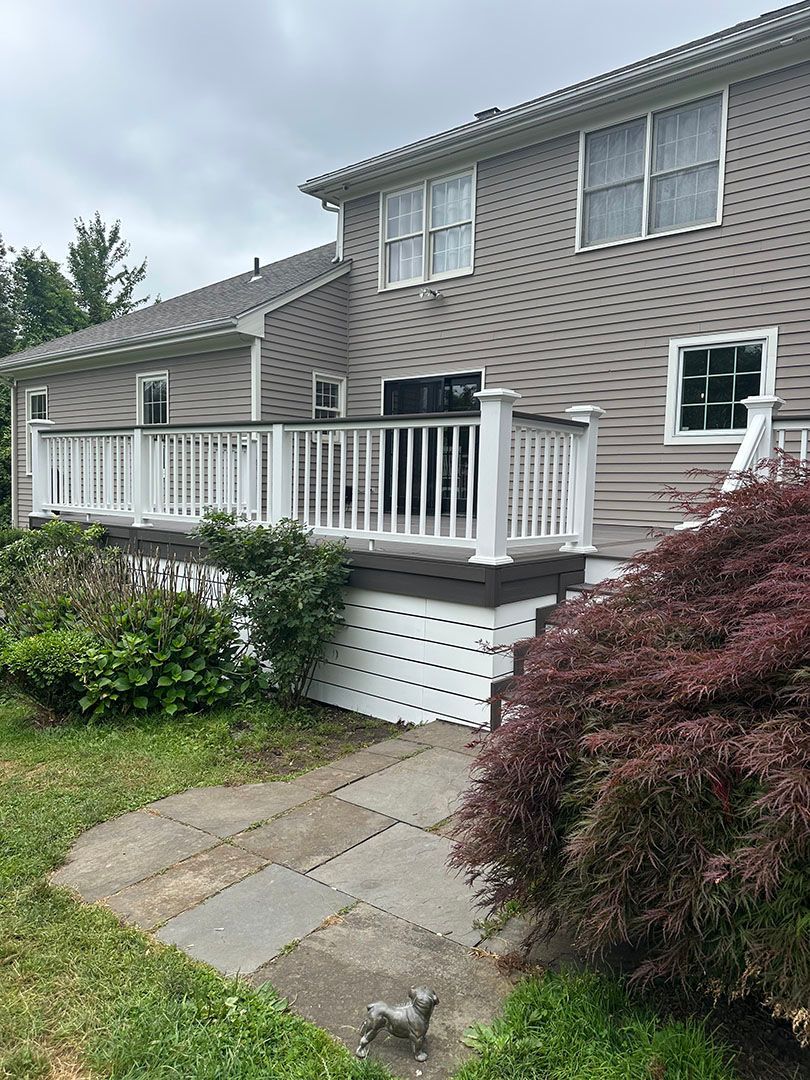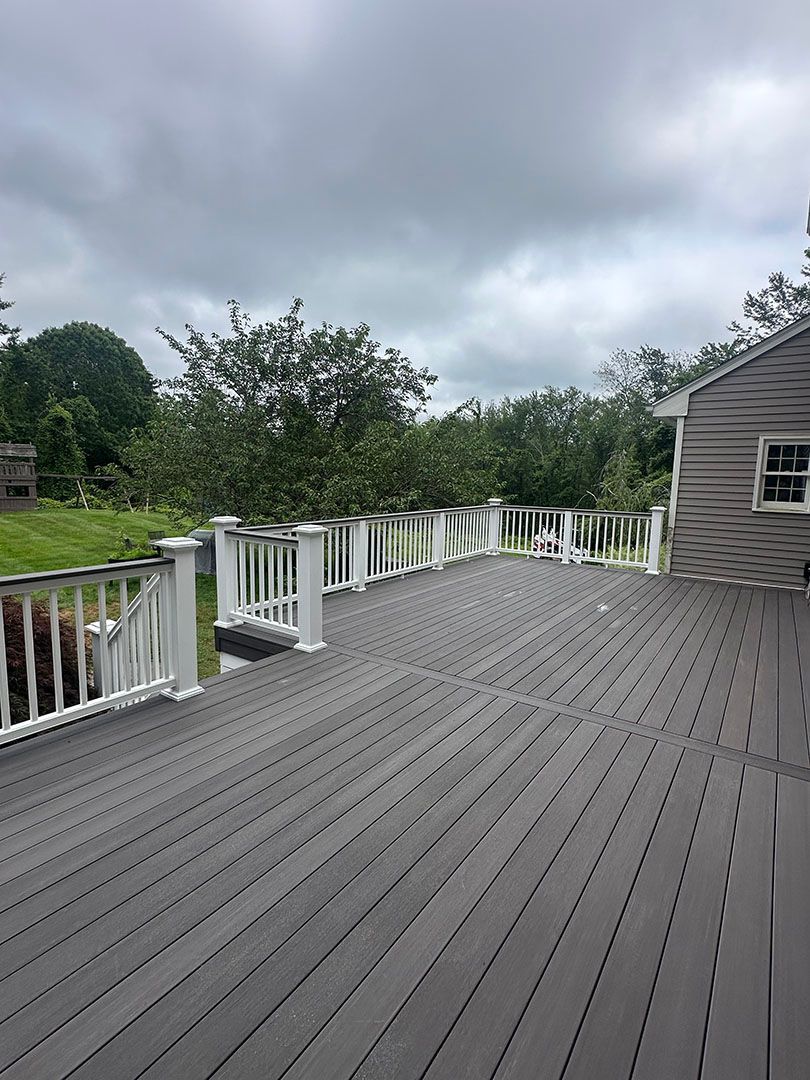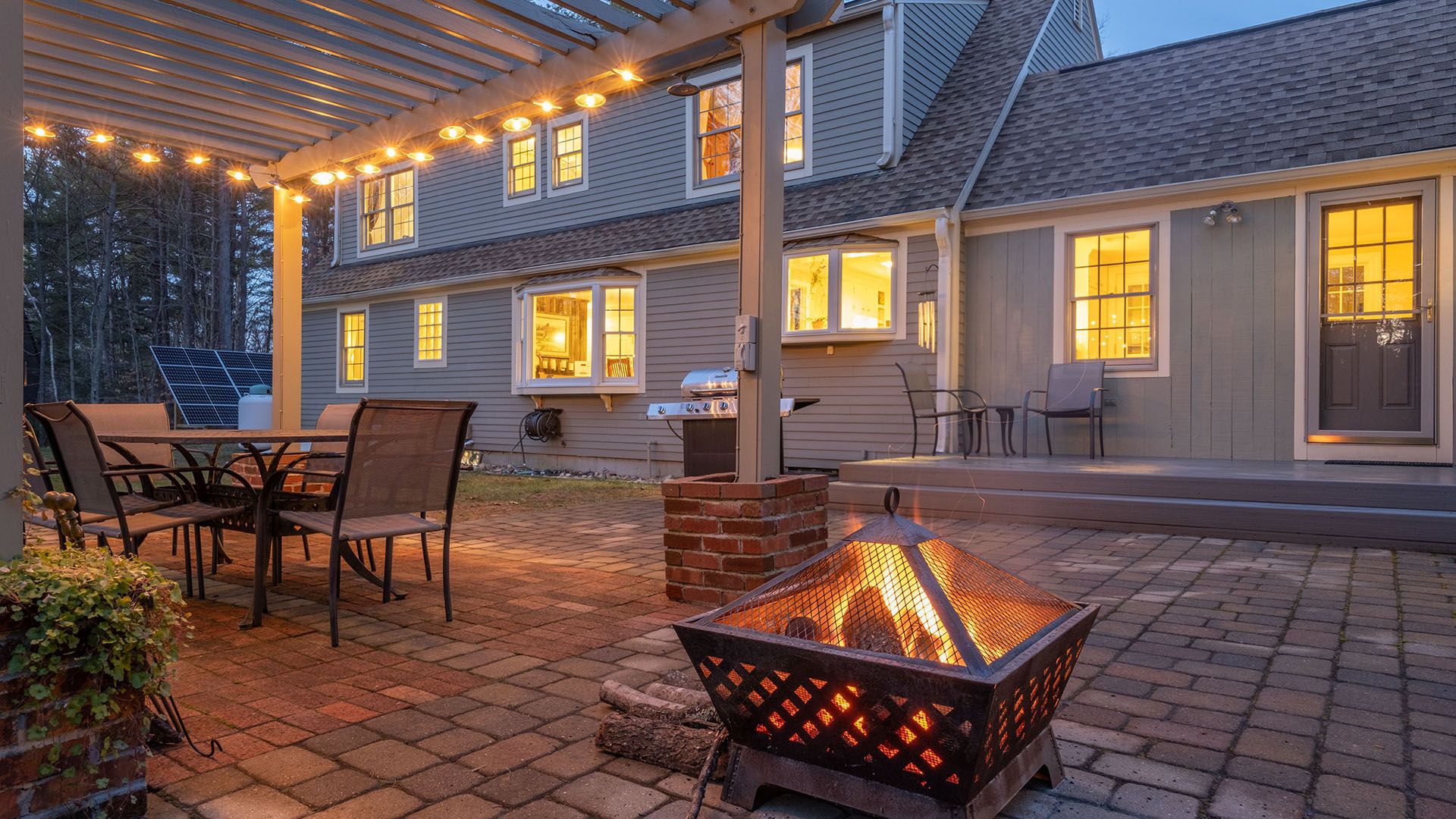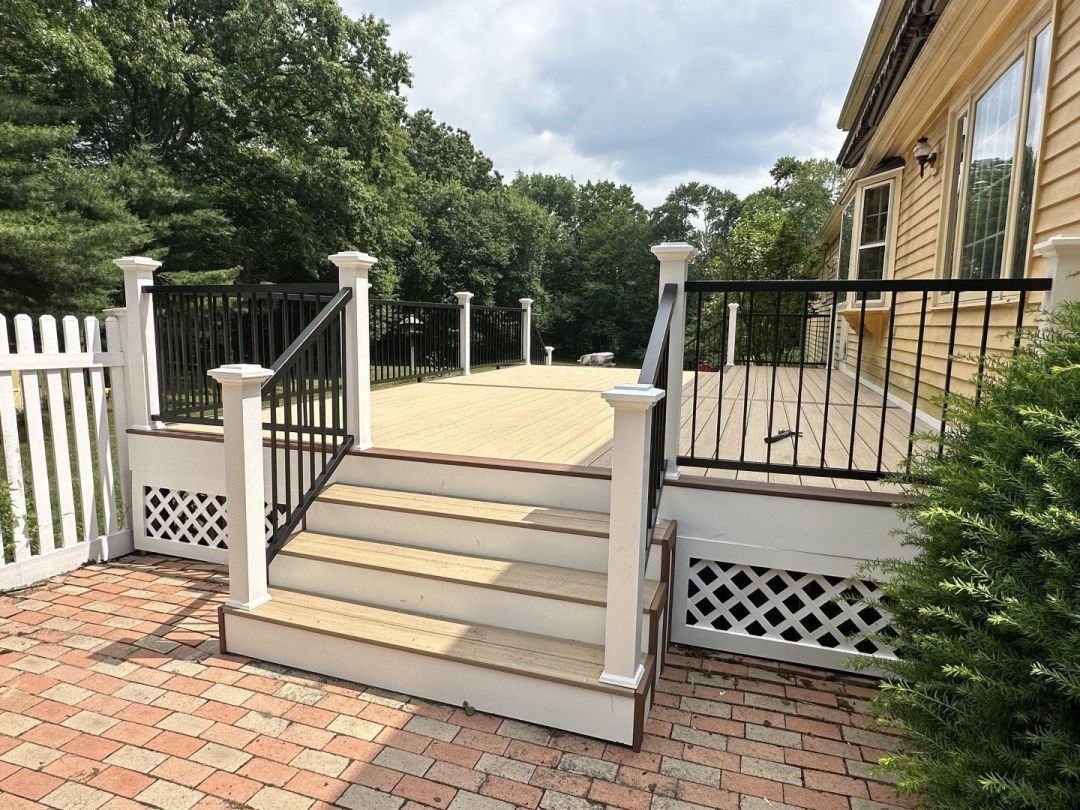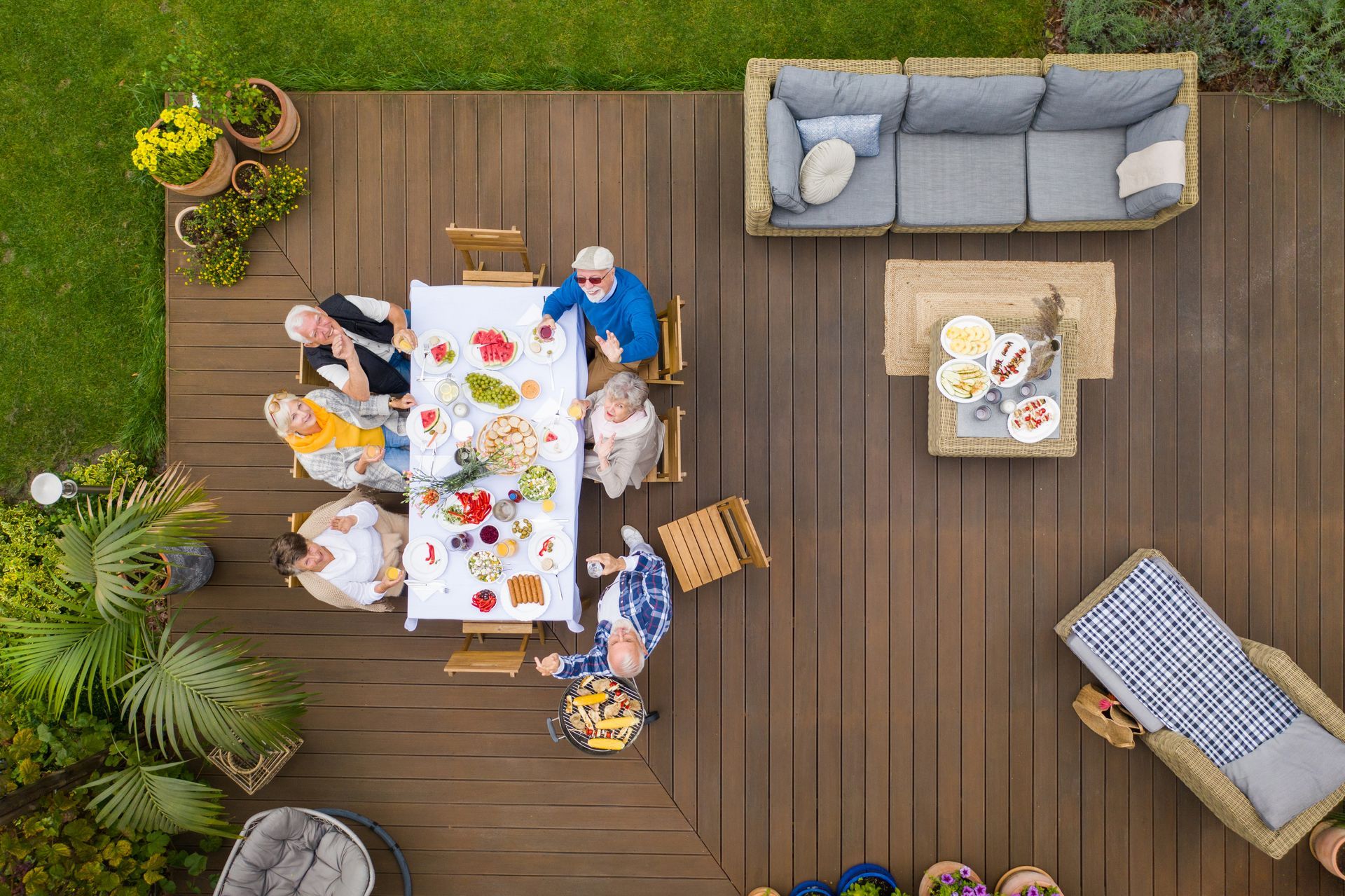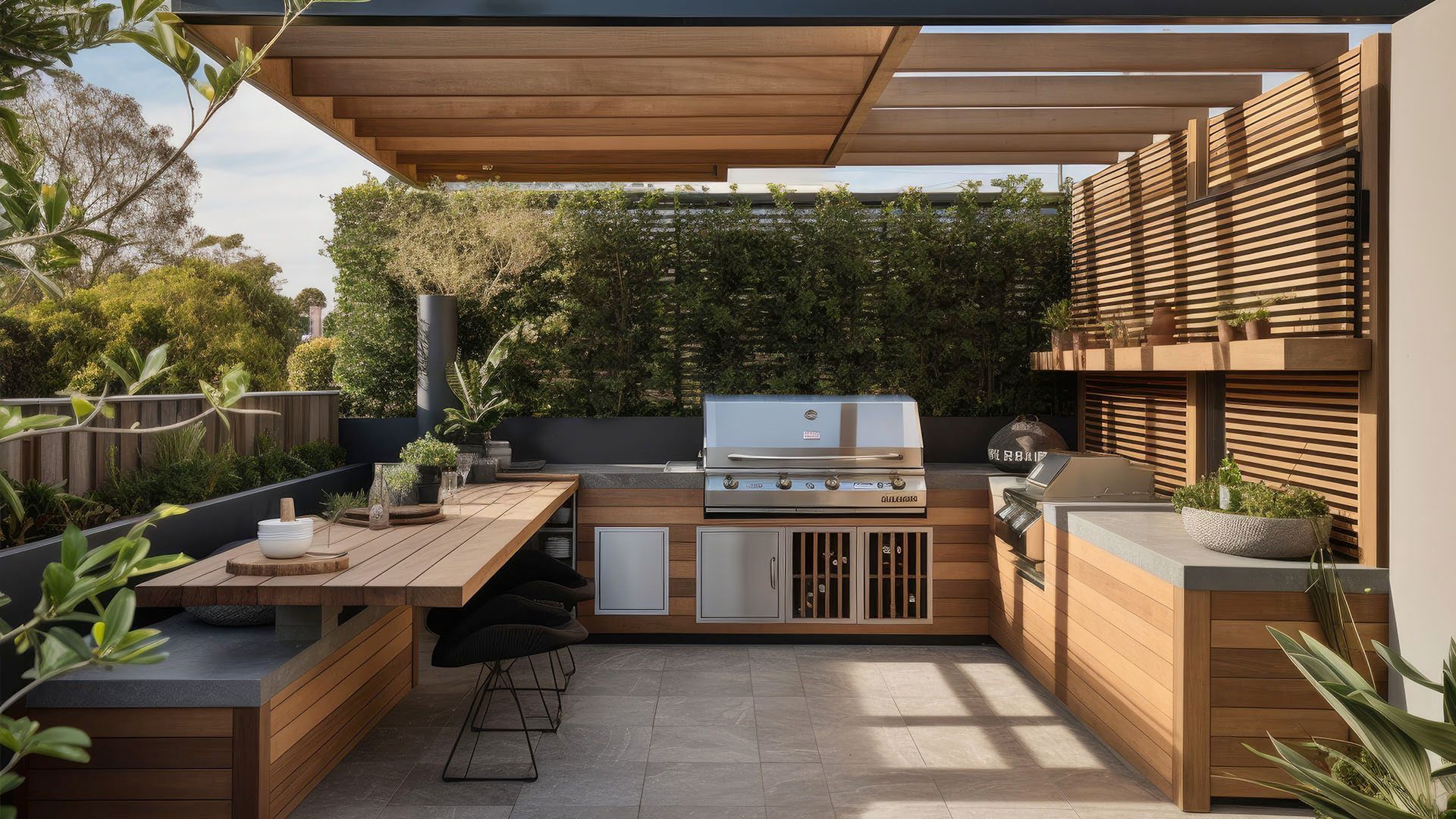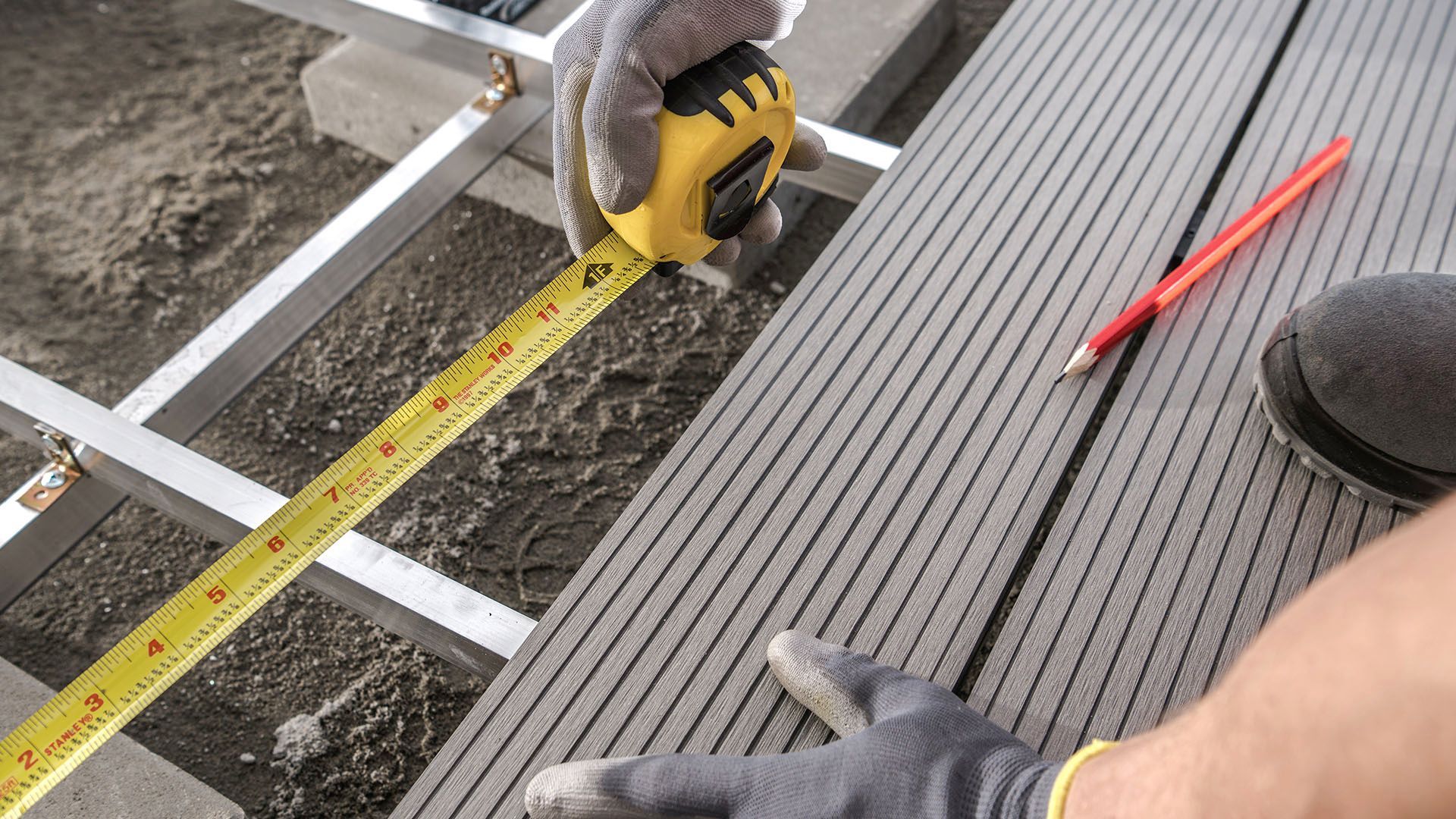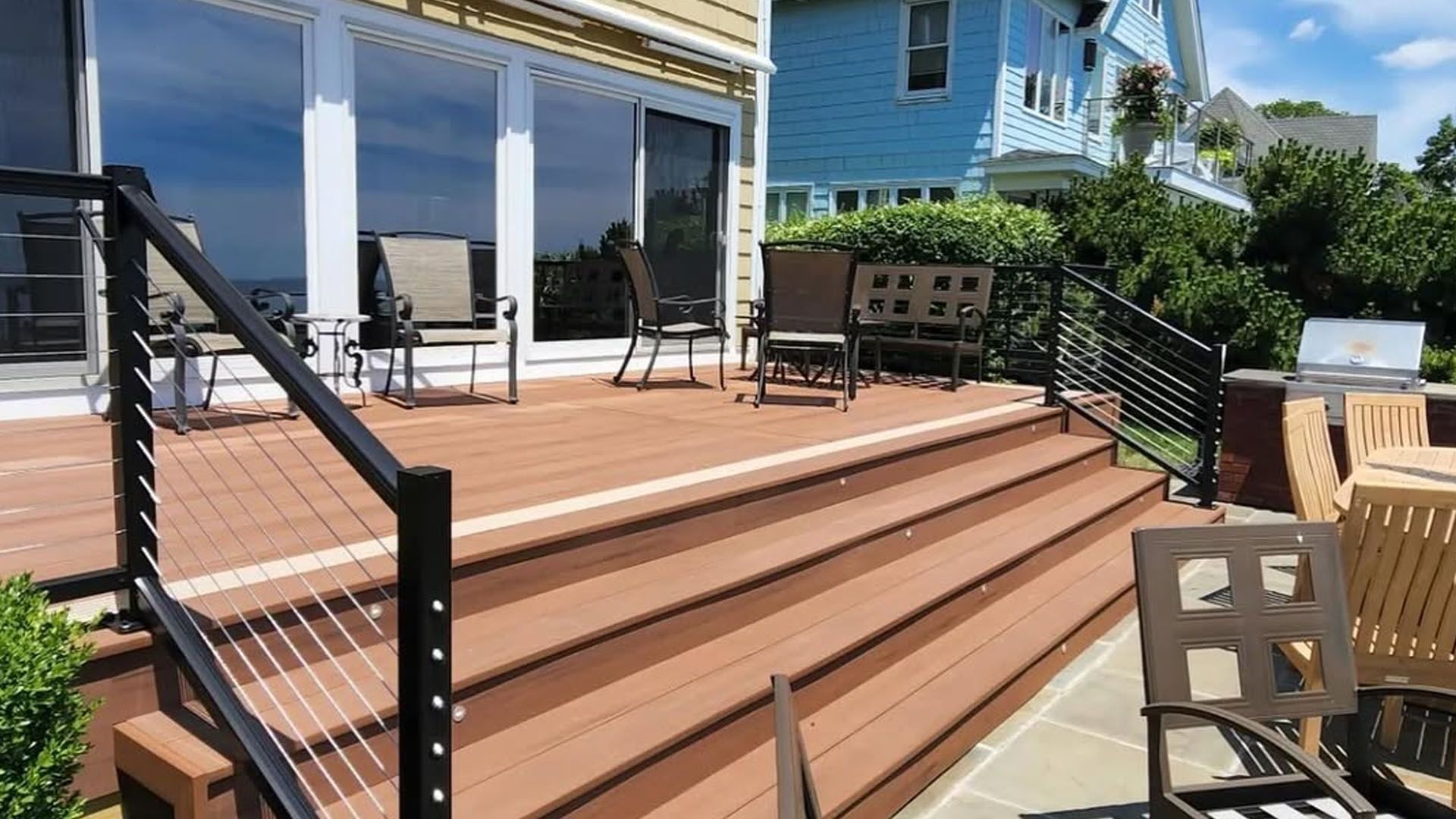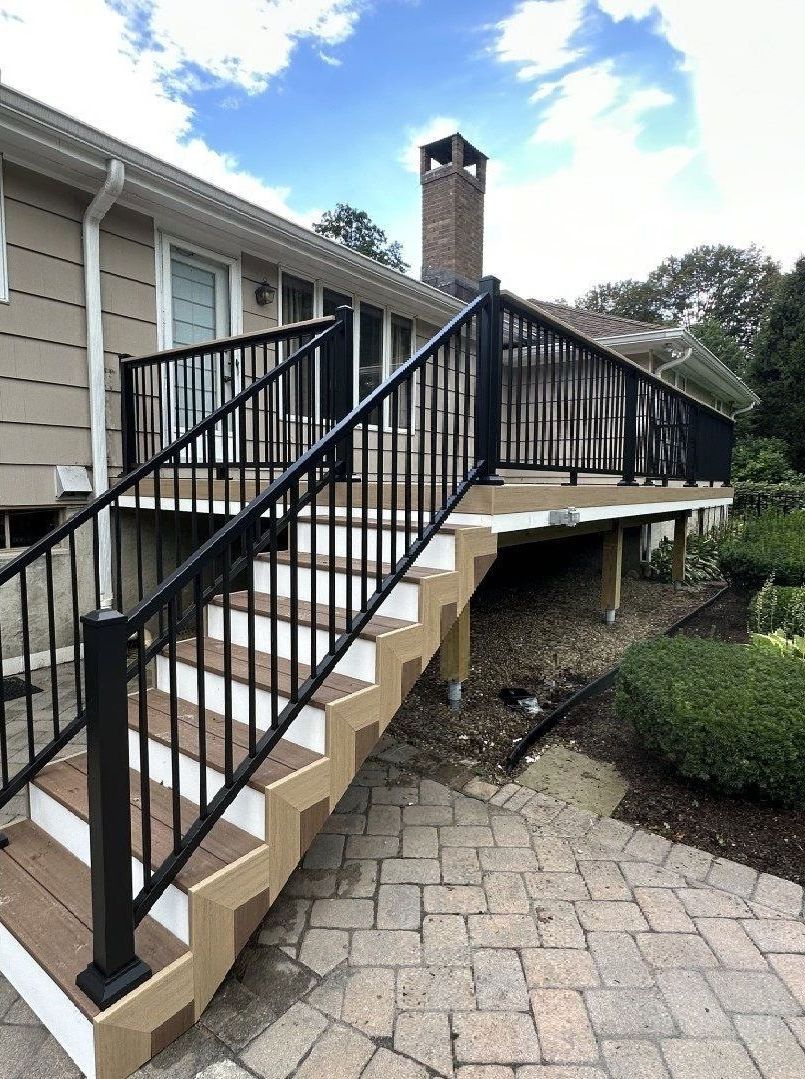Are Helical Piles Worth the Cost Compared to Concrete Footings?
When planning a construction project—whether it’s a deck, addition, or a new home—foundation systems are a critical decision. Two popular options are helical piers and concrete footings, and homeowners often wonder: Which one costs less? Which one lasts longer? And which one is the better overall investment?
In this blog, we’ll break down the cost comparison, installation factors, performance, and when to use each option so you can make the best choice for your project.
What Are Helical Piers and Concrete Footings?
Before diving into cost, it’s important to understand how these two systems work.
Helical piers are steel shafts with helix-shaped plates welded to them. They are mechanically screwed into the ground using specialized equipment, providing deep foundation support with minimal excavation. These are commonly used for decks, porches, home additions, and even full homes on challenging soil.
Concrete footings, on the other hand, are traditional foundation elements. They involve digging a hole, placing rebar for reinforcement, pouring concrete, and waiting for it to cure. This method has been used for decades and is effective—but it can be time-consuming and weather-dependent.
Cost Comparison: Helical Piers vs Concrete Footings
One of the biggest differences between the two systems is cost—but the comparison isn’t always straightforward.
Helical Pier Costs
- Typical cost: $1,500–$2,000 per pier
- Includes: Materials, equipment, labor, and installation
- Projects like a 12’x12’ deck may require 3–5 piers, totaling $4,500–$10,000
Concrete Footing Costs
- Average: $250–$500 per footing
- Includes: Excavation, forms, rebar, concrete, and labor
- However, additional costs for delays, weather, and site conditions can add up quickly
Side-by-Side Example (Small Deck)
- Helical Piers: ~$6,000 installed in 1 day
- Concrete Footings: ~$3,000–$4,000 but could take 3–7 days to complete depending on weather and cure time
Key Factors That Influence the Cost
Several factors can swing the cost in favor of one option over the other:
- Soil Conditions: Poor soil or high water tables make helical piers more efficient and potentially more cost-effective
- Site Access: Hard-to-reach areas may increase concrete labor costs while piers require minimal access
- Weather: Rain or cold weather can delay concrete projects—helical piers are installed year-round
- Labor: Concrete requires more manual labor; piers need specialized equipment but fewer crew members
- Permits & Inspections: Requirements vary, but helical piers often pass inspection quickly due to engineered load ratings
Time and Labor: How Installation Methods Impact Cost
Helical Piers
- Minimal digging
- Installed in hours—not days
- No curing required
- Fewer workers, less manual labor
Concrete Footings
- Requires excavation
- Wait time for concrete to cure (typically 24–72 hours)
- Weather delays are common
- More labor-intensive and messy
For contractors or homeowners on a deadline, the time savings with helical piers can significantly reduce indirect costs.
Durability and Long-Term Performance
Helical Piers
- Installed below frost line for enhanced stability
- Excellent in clay, sandy, or shifting soils
- Steel design resists settling, shifting, or cracking
- Backed by engineering data and load ratings
Concrete Footings
- Can crack, shift, or settle over time
- More vulnerable to freeze-thaw cycles in colder climates
- Performance depends heavily on site preparation and soil quality
In terms of long-term structural integrity, helical piers are often the more stable choice—especially in problematic soil.
When to Choose Helical Piers vs Concrete Footings
Choose Helical Piers If:
- You have poor or variable soil conditions
- Access to the site is limited or tight
- You need fast installation with minimal disruption
- You want a long-lasting, engineered solution
- You’re building in winter or unpredictable weather
Choose Concrete Footings If:
- Your site has good soil and easy access
- Budget is tight and timeline is flexible
- You’re building a small, non-structural feature like a garden shed
- You're comfortable with weather-related delays
Final Thoughts: Which Is More Cost-Effective Overall?
While concrete footings often appear cheaper at first glance, the total project cost can escalate due to labor, delays, and future repairs. Helical piers, though more expensive per unit, offer savings in time, labor, equipment, and long-term performance—making them a better value for many homeowners.
Get Expert Help for Your Foundation Decision
Every property is different, and the best foundation option depends on your soil, structure, budget, and timeline. If you’re unsure whether helical piers or concrete footings are right for your project, talk to a foundation specialist or contractor who can evaluate your site conditions and provide a tailored estimate.
Frequently Asked Questions
Are helical piles better than concrete footings?
In many cases, yes. Helical piles offer faster installation, less site disruption, no cure time, and perform better in poor or unstable soils. They're ideal for projects requiring speed, precision, or year-round installation. However, concrete footings may be preferred for simple projects in good soil when budget is a top concern.
Are piles cheaper than concrete?
Not always upfront. Helical piles tend to cost more per unit than concrete footings—typically around $1,500–$2,000 per pier. However, when factoring in labor savings, faster timelines, minimal excavation, and fewer weather delays, they can often be more cost-effective overall, especially in challenging soil conditions.
How much do helical pile footings cost?
Helical piles usually cost $1,500–$2,000 per pier installed.
Costs vary based on:
- Depth required
- Soil conditions
- Load requirements
- Access to the site
For small decks or additions, the total cost typically ranges from $4,500–$10,000 depending on how many piers are needed.
Which is better: concrete footing or pile?
It depends on your priorities:
- Better for stability & poor soil: Helical pile
- Better for budget on small, easy-access projects: Concrete footing
- Better for tight timelines or cold weather installs: Helical pile
Overall, helical piles are often considered better for long-term performance and convenience, while concrete is a traditional low-cost option.
What are the cons of helical piles?
- Higher upfront cost compared to concrete
- Requires specialized equipment and trained installers
- May not be necessary for basic projects with ideal soil
- Limited availability in some regions

